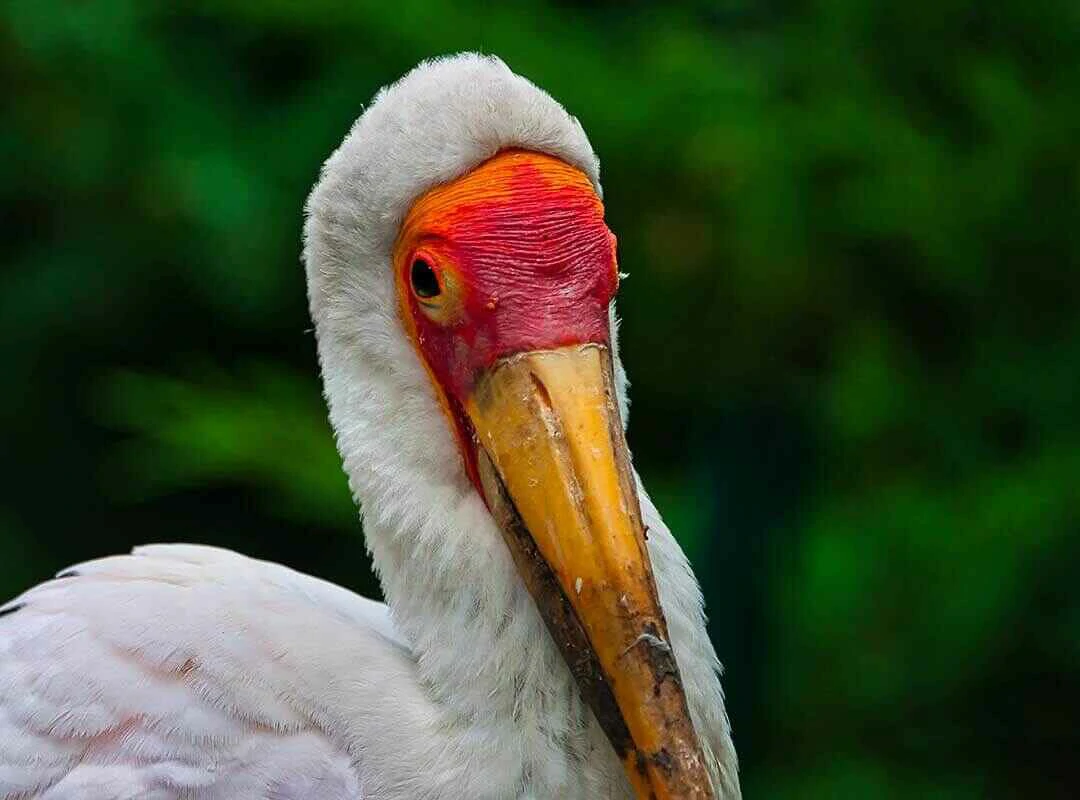
BIRDING IN
Nyungwe Forest National Park

BIRDING IN
Nyungwe Forest National Park

BIRDING IN
Nyungwe Forest National Park

BIRDING IN
Nyungwe Forest National Park
Nyungwe Forest National Park offers the best tropical montane birding in Africa and a walk through this ancient forest should delight any birdwatcher. A comfortable drive from Kigali on good, smooth roads and an extensive trail network give easy access to numerous high-altitude species that are hard to find elsewhere on the continent. Nyungwe Forest National Park is home to over 320 species, 29 of which are endemic to the Albertine Rift.
These include Regal Sunbird, Ruwenzori Turaco and Grauer's Swamp Warbler. The real highlight is the Red-collared Babbler and Nyungwe is the only safe location to see this stunning bird. Cyamudongo Forest close to Nyungwe Forest National Park is home to 127 species and is a good location to look for Grey-throated Barbet. In addition, Nyungwe is home to 13 species of primates, numerous endemic orchids and a vast diversity of plant life. Nyungwe Forest National Park retains a real sense of exploration and there are undoubtedly new discoveries to be made.
With a bit of luck it is also promising to see Kungwe Apalis, Kivu Ground Thrush and Willard's Sooty Boubou. Possibly the rarest of Nyungwe's birds would be the Congo Bay Owl, Albertine Owlet and Shelley's Crimsonwing, Rockefeller's Sunbird which have been reported, but are seldom seen. Night-walks will be available soon and these offer the potential to track down the park's elusive nocturnal species.
It takes approximately 5 hours west of Kigali by road, also daily flights to Kamembe from Kigali. Camping is available. Various accommodation options at Kitabi, Gisakura and Rusizi. Tourists need good footwear and waterproof clothing needed. National Park guides are mandatory with Specialist bird guides available from the park Reception at Gisakura.
Our Experts are ready to provide answers
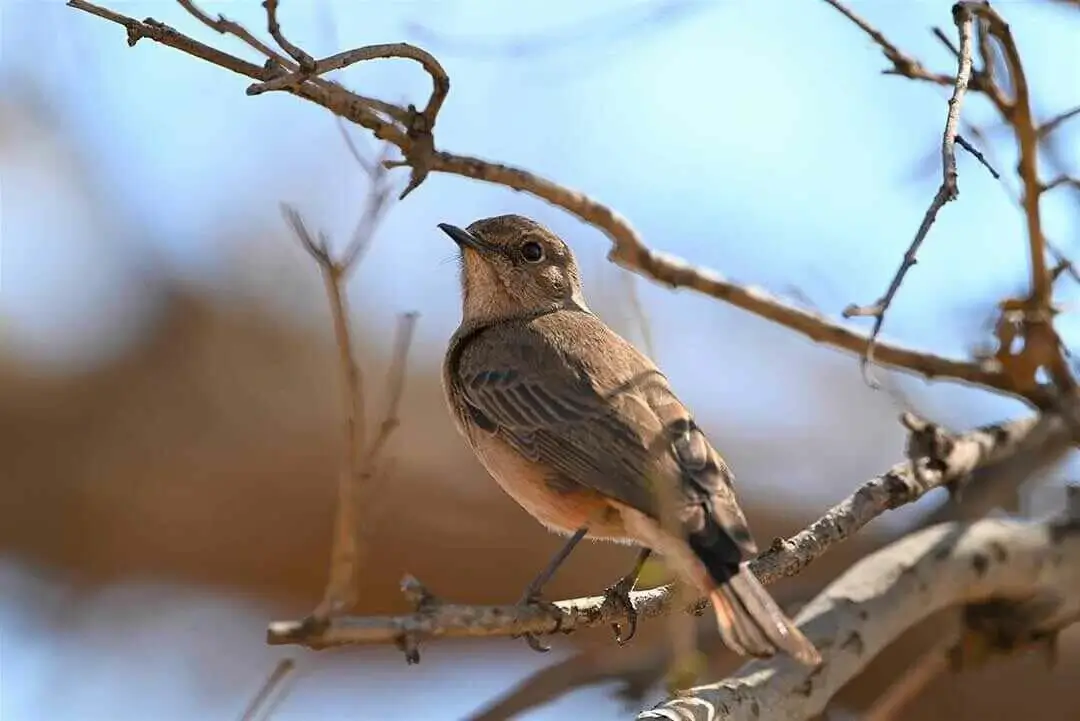
Gishwati-Mukura National Park is located in west Rwanda, in the mountains above Lake Kivu. This is Rwanda's newest national park and currently the focus of extensive rehabilitation efforts. The forests hold good birdlife Gishwati, 232 species and Mukura 163 species including several Albertine Rift Endemics and forest specialists.
Read More
Some 244 bird species are known from this Important Birding Area. The area is important as the southern limit of many Sudan - Guinea Savanna biome birds. The most interesting species known from this little explored region is the submontane sunbird Nectarinia preussi of the Afrotropical Highlands biome.
Read More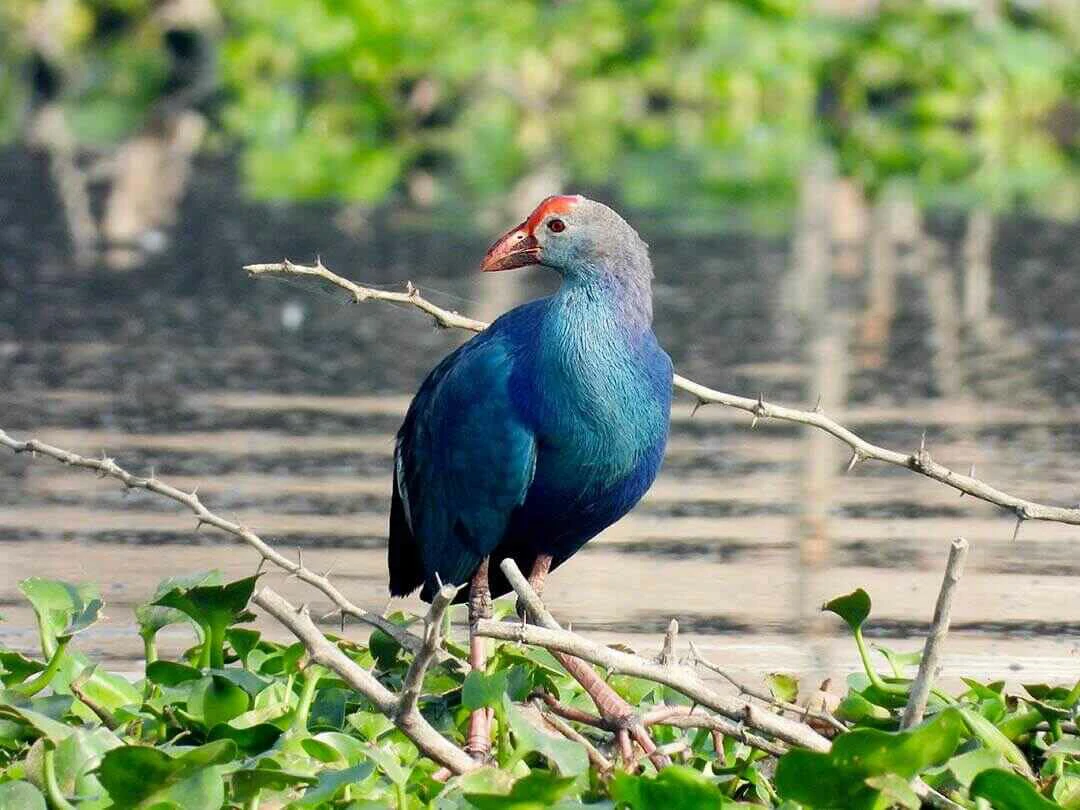
At least 16 bird species occur in Kakamega but nowhere else in Kenya, and another 30 (such as Psittacus erithacus) are probably now confined to this site. The grassy glades have their own distinctive avifauna, with many moist-grassland species that are now rare elsewhere in western Kenya. Regionally threatened species include Circaetus cinerascens (fairly common resident), Hieraaetus ayresii (relatively abundant),
Read More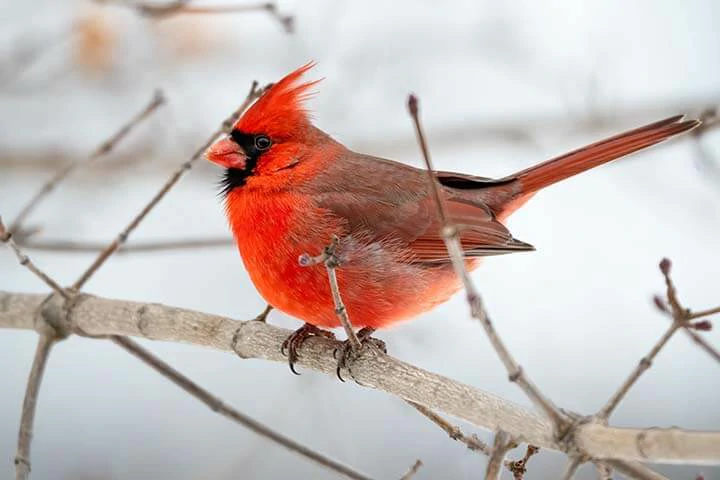
This is probably the world stronghold of Macronyx sharpei, a threatened Kenya bird endemic. The species is confined to grassland, preferring short-grass fields with tussocks, and in good habitat occurs at densities of 0.8 individuals/ hactares. Cisticola aberdare is thought to occur in the higher parts of the plateau, close to the Aberdare mountains,
Read More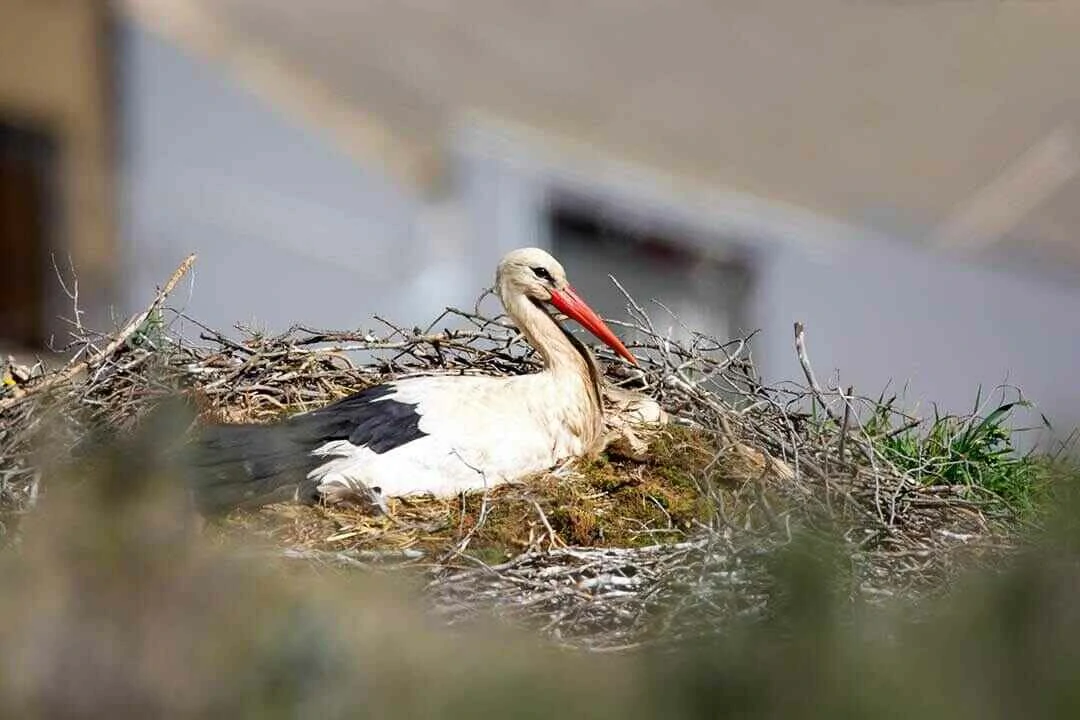
The extensive network of tracks within the park allows birders to visit the many lakes, swamps, hills, grasslands and woodlands to search for some of the parks special birds including, Red-faced Barbet (localized to the Lake Victoria Basin), Papyrus Gonolek, White-winged Warbler and African Finfoot. With luck you might also see the enigmatic Shoebill amongst the papyrus.
Read More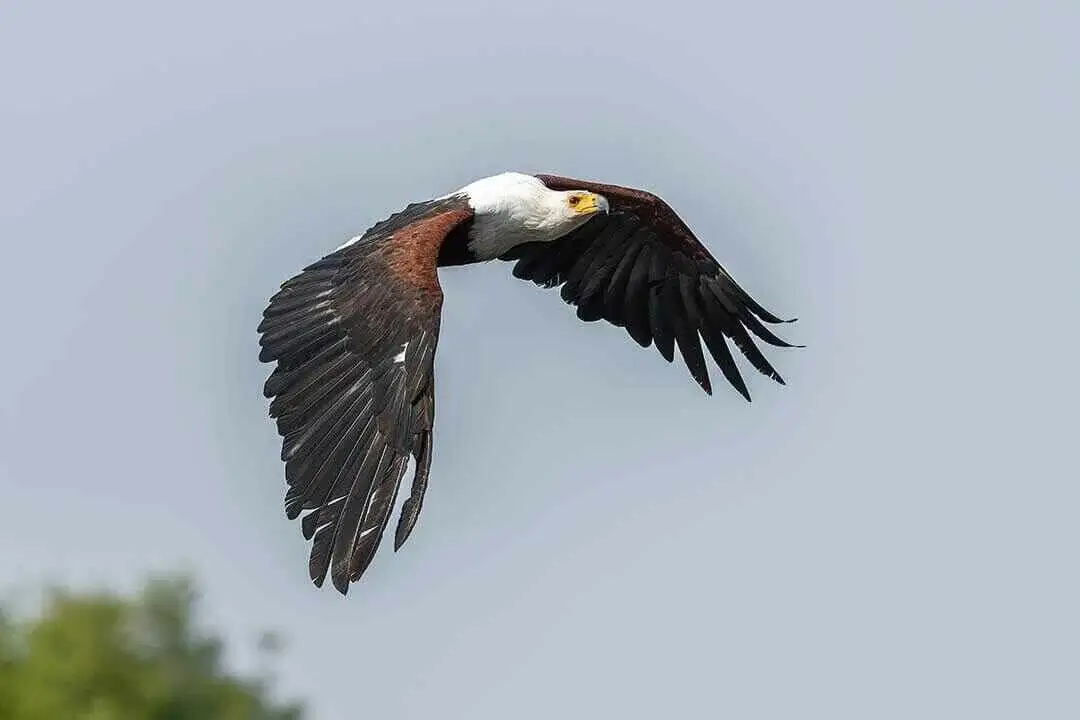
Lake Naivasha and its surrounding harbour numerous bird species that include kingfishers, pelicans, great cormorants, fish Eagles, Pelicans, Grey-backed fiscal, hawks, cuckoos, woodpeckers, shrikes, Cape Teal, Pied Avocet, Black Heron, Goliath Heron, Maccoa Duck, Great White Pelican, Common Greenshank, Ruff, Green Sandpiper, Hilderbrandt's Francolin, Arrow-marked Babbler, African Fish Eagle.
Read More